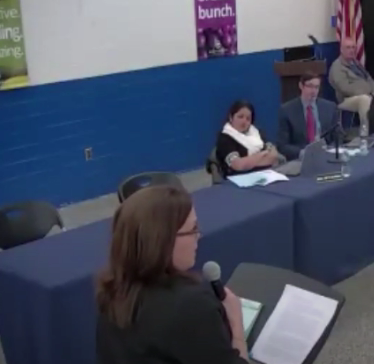Email to the Berkeley Heights BOE on Student Growth and Climate Indicators
I found the student growth information and looked at other indicators that might interest you, or at least two of you. The source for the information, again, is the NJ School Performance Reports.
As per the NJ DOE:
Student growth is a measure of how much students are learning each year. New Jersey’s ESSA state plan outlines that academic progress will be measured with school’s median student growth percentile (mSGP) on statewide ELA and mathematics assessments. Each individual student receives a Student Growth Percentile (SGP) for English Language Arts (ELA) in grades 4 through 8 and for Mathematics in grades 4 through 7. The SGP measures their academic progress from one year to the next compared to other students with similar prior test scores (academic peers).
Important Note for 2021-22 Reports: The calculation of mSGPs relies on one to two consecutive years of prior assessment results to calculate individual student growth percentiles. Due to the cancellation of the NJLSA in both 2019-20 and 2020-21, SGPs were not calculated for 2019-2020, 2020-2021, or 2021-2022. The 2021-22 reports will not include any mSGP data.
All other schools in this set are missing the same data.
[I realized an error I made and added more clarification with updated tables in another email which follows here]:
2018-2019 is arrived at by using median student growth.
2021-2022 is arrived at by using an alternate method (rsim):
“RSIM is based on a school’s aggregate scale score improvement on the statewide assessments in ELA and mathematics, when comparing prior year performance from 2017-2018 and 2018-2019 to 2021-2022 performance. Schools are then assigned a percentile rank based on their improvement as compared to schools with similar prior year performance. RSIM is only measured for students in grades 3-8. Results of the RSIM measure are available on the NJDOE’s Accountability page under 2022 Accountability Data”
With that said looking at the comparative within each year is still helpful:

In the prior year testing period, Berkeley Heights appeared to be close to the other Districts on ELA when using the msgp, and although a different method is used the deviation from other schools and ranking is concerning when you compare where BHPS was positionally in the prior year. All that aside, the number for 2021-2022 is in and of itself problematic and evidence of needing attention and explanation.
The same is true for math:

There was also some interesting information in connection to climate.
Berkeley Heights had the second-highest increase in chronic absenteeism out of the seven schools on our Dashboard and the third-highest overall percentage.

And while BHPSNJ had a slight decline in HIBs per 100 students, it had the highest incident level of all seven schools.

These are two indicators one would reasonably connect the District’s DEI efforts over the past three years as a measure of whether the efforts have been successful. Yet, things appear to be worsening in one area and stagnant in another.
This can cause the District to reconsider using poorly designed surveys in measuring its DEI efforts and to connect DEI to more meaningful indicators that actually have an impact on student life.
As for the ELA and Math measures above -I’ve already provided you with possible causes and recommendations.
Related Content:
What Happens When We Broaden The Dashboard?
Five More Snapshots of the BHPSNJ Decline





One thought on “A Few More Snapshots Illustrating The BHPSNJ Decline”